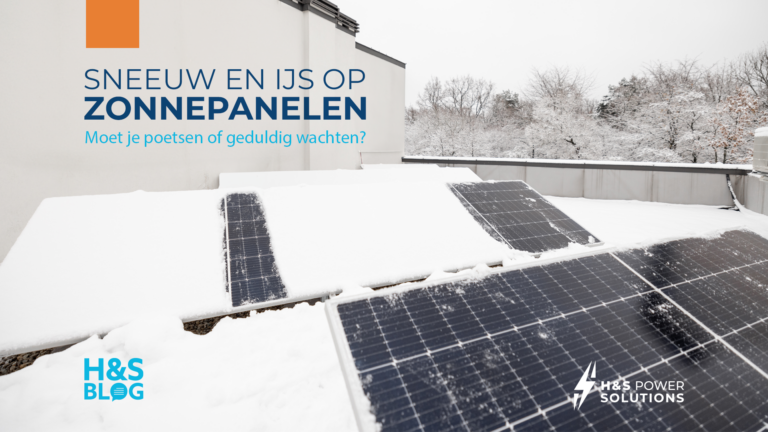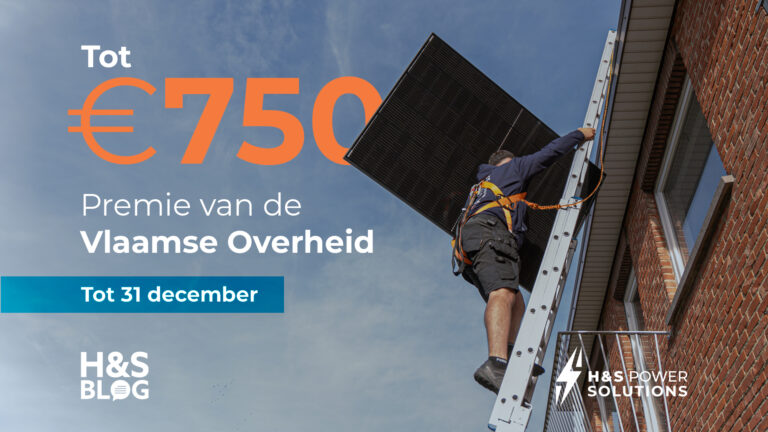The capacity tariff, after a 6-month delay, was introduced after all. The capacity tariff impacts the “net rates” portion of your energy bill, which accounts for about 13% of your total energy bill. This net rate is now calculated on your highest peak for fifteen minutes (15 min). The higher your highest quarter peak is, the more you pay on your net rate. So it becomes more important to spread out your energy consumption. That means you can’t consume too many appliances at the same time, because then your monthly peak will rise sharply, resulting in an even more expensive energy bill. In this article, we want to help you spread out your electricity consumption more.
So since the introduction of the capacity tariff, our consumption peaks have been looked at with a magnifying glass. These spikes can only be accurately tracked in households with a digital meter, because a digital meter automatically records meter readings. A classical meter cannot do this. Families with conventional meters are kept at a fixed peak of 2.5 kW. Even if your peak consumption is less than 2.5 kW, your monthly peak is still calculated on this. This is even lower than the average, though, as the average monthly peak of a Flemish family is 3.99 kW according to Fluvius.
Did you know: The capacity tariff does not apply to families on social tariff.
Identify big energy wasters
First, it is important to know which home appliances consume the most energy at home. Below we have briefly listed the most energy-consuming appliances.
- Electric Hob
- Charging station
- Washing machine
- Drying Cabinet
- Air Conditioning
- Dishwasher
These home appliances are the biggest consumers in your home. So don’t try to use these devices at the same time, because your monthly peak will go up. Obviously, if your washing machine is running and the TV is on at the same time, it will not result in a high peak. However, if you use 2 or more of these devices at the same time, then you can cause higher spikes.
Tip: Try to tune these devices to the hours when your solar panels are producing the most energy. This is usually between 11 am and 3 pm.
Go over what your current peak times are
Did you already have a digital meter in 2022? Then you can already see on the Fluvius website how high your peak moments were and at what times they were. You can log in to My Fluvius where you can see all the data from your digital meter regarding your energy consumption. So you can already see where your peak moments were in 2022, so you know at what times it’s best to be more energy conscious. This way, you’ll also discover which of your devices are increasing your peak consumption.
You can log in to My Fluvius with your eID or itsme. All you need to do is provide your EAN code of your electricity connection to Fluvius. This is a one-time request that gives you access to your usage history.
Tip: During your peak times, try not to heat on electricity (with your air conditioner, for example) when household appliances are still on.
Opt for green energy labels
The energy efficiency of your appliances also becomes more important with the capacity tariff. We all already know the principle: an A label is much more energy efficient than a D label. If you need a new washer or dryer, it’s best to choose one with a green label. This determines how energy-efficient the appliance is. This can definitely make a difference at peak times, so you’ll have to pay less at the end of the month.
Did you know: A common misconception around capacity pricing is that you pay more at night because that’s when every family uses electricity. This is not true. The capacity tariff is calculated only on your own consumption peaks. It doesn’t matter at all if your peak time is in the morning or in the evening. You pay the same amount.
The most impactful solution: install a home battery
We know, a home battery is not a cheap solution. But it is the most impactful against high consumption spikes. And the capacity tariff. That’s because the monthly peak is calculated only on how much energy you take from the grid. When you cook in the evening, do laundry, charge your car, you first use the energy left in your home battery before you draw electricity from the grid. Because you’re drawing less power from the grid, your peak demand is also going to be very limited.
So you can smooth out high consumption spikes with the following tips:
- Identify large consumers and do not use these devices at the same time.
- Get insight into your current peak times, so you know at what times you use the most energy and which appliances are causing these consumption spikes.
- Choose appliances with a green A label. These work much more efficiently, so you need less power.
- A home battery is the ideal weapon against high consumption spikes.




